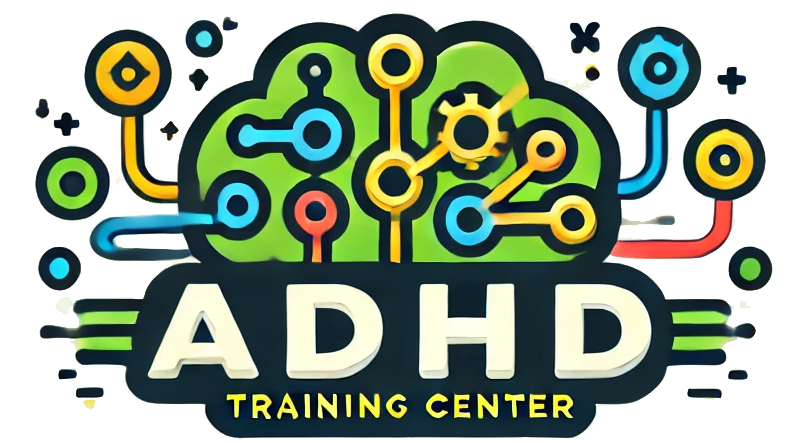We usually talk about Attention Deficit Hyperactivity Disorder (ADHD) as though it is a simple condition that is easy to understand and presents the same way for everyone that has it. It is often associated with symptoms like hyperactivity, impulsivity, and inattention, and most of the time when we use the term “ADHD” casually, we are talking about those three symptoms.
But ADHD presents in many different ways, and it’s important that we examine and understand the behaviors that are linked to ADHD that we may not know about. For example, a lesser-known symptom of the condition is the experience of trance-like behavior, sometimes referred to as “zoning out.”
Individuals with ADHD may enter a state of deep focus or detachment where they become unaware of their surroundings, making it difficult to engage with their environment or maintain attention on immediate tasks. This behavior can seem strange, sometimes even frightening for parents, as their child may seem almost immobile, like something is wrong.
What Is This Trance-Like Behavior in ADHD?
Trance-like behavior, or zoning out, is a state where an individual becomes mentally detached from their environment. This can range from a momentary lapse in attention to a prolonged period of unresponsiveness, where the person appears to be lost in thought or deeply absorbed in something internal. For those with ADHD, this can happen frequently and may interfere with tasks that require sustained attention or focus.
This behavior is often tied to inattentive ADHD, though it can also occur in those with hyperactive or combined types. Unlike the high-energy, distracted behaviors often associated with ADHD, trance-like behavior is more internalized and less physically noticeable, making it easy to overlook.
Causes of Trance-Like Behavior in ADHD
The exact mechanisms behind trance-like states in ADHD are not fully understood, but several factors are believed to contribute to this phenomenon:
- Attention Dysregulation – ADHD is characterized by difficulty regulating attention. Individuals may struggle to focus on tasks that require sustained mental effort, which can lead to periods of daydreaming or zoning out. This can happen both in situations that are boring or overwhelming, where the brain may essentially “check out.”
- Hyperfocus – ADHD is also known to cause episodes of hyperfocus, where an individual becomes intensely absorbed in a specific task or thought to the exclusion of everything else. While hyperfocus is usually associated with productive activities, it can also occur during less structured periods, leading to what appears to be a trance-like state.
- Sensory Overload – People with ADHD often experience sensory overload, which occurs when the brain has difficulty processing multiple stimuli at once. In response, the brain may enter a trance-like state as a coping mechanism to block out overwhelming sensory input.
- Fatigue and Mental Exhaustion – ADHD can lead to mental fatigue due to the ongoing effort required to stay focused and manage impulsivity. When mentally exhausted, individuals may zone out as their brain attempts to conserve energy or take a break from constant processing.
VeryWell Mind has a good article on some of the science that may be involved in periods of “spacing out” as well. The main takeaway from all of this is that zoning out is far more common in children with ADHD than neurotypical children.
Differentiating Between ADHD Zoning Out and Other Conditions
Still, it’s important to differentiate between trance-like behavior associated with ADHD and similar symptoms found in other conditions. Zoning out can be a symptom of various mental health and neurological disorders. In ADHD, trance-like behavior is linked to attention dysregulation rather than an underlying neurological or dissociative condition, but you will still want to rule out issues such as:
- Depression – In cases of depression, individuals may also experience zoning out or a lack of engagement. However, depression-related zoning out is typically accompanied by persistent feelings of sadness, hopelessness, or fatigue, which are not necessarily present in ADHD.
- Dissociative Disorders – Dissociation, often seen in conditions such as Dissociative Identity Disorder (DID), involves a more severe detachment from reality, including feelings of disconnection from the self or surroundings. While zoning out in ADHD may involve a loss of attention, it does not typically involve the profound sense of detachment seen in dissociative disorders.
- Absence Seizures – In children, particularly those with ADHD, it is important to distinguish between zoning out and absence seizures, a type of seizure that can cause brief periods of unresponsiveness. Absence seizures are neurological events, and unlike zoning out, they usually last only a few seconds and may involve physical symptoms like rapid blinking.
Know that zoning out IS very common for children with ADHD, but in these early stages it is still a good idea to speak with your doctor.
How Trance-Like Behavior Impacts Daily Life
Trance-like behavior can significantly affect day-to-day functioning, particularly in environments that require sustained attention, such as school, work, or social settings. This behavior may be perceived as daydreaming, but for individuals with ADHD, it can be disruptive to completing tasks, engaging in conversations, or responding to external stimuli.
At ADHD Training Center, we offer support for children, teens, and adults with ADHD – as well as their parents – to help make sure that they have a better understanding of their ADHD and mental health as well as a team of coaches to direct them in managing their behaviors and taking better control of their lives. If you’d like to inquire about our ADHD coaching services, please contact us today.


